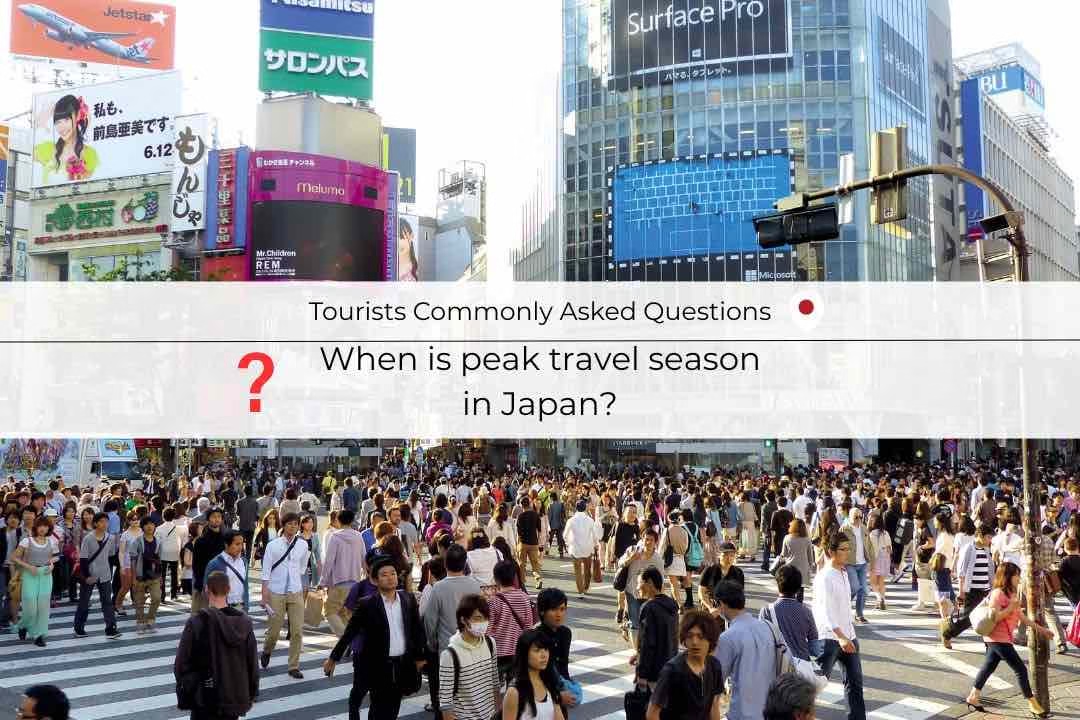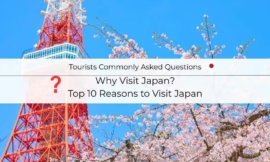When is peak travel season in Japan?
Understanding when is peak travel season in Japan will help you make the most of your trip, whether you’re looking to experience bustling city life or more tranquil landscapes. Peak travel season in Japan isn’t just about high volumes of tourists; it’s also tied to seasonal changes, cultural events, and weather patterns that shape the country’s tourism landscape. Let’s dive into when Japan sees the most travelers and what you should expect during these times.

Spring (Late March to Early May) – The Cherry Blossom Fever
Spring is arguably Japan’s most famous travel season, and it’s all about the breathtaking cherry blossoms (sakura). From late March to early April, the country is blanketed in delicate pink and white flowers, and sakura viewing spots like Ueno Park in Tokyo and Maruyama Park in Kyoto see a surge of tourists. This period is celebrated with hanami (flower viewing) picnics, and the energy in major cities is electric. Hotels and flights can be more expensive, and popular spots tend to be crowded with both locals and tourists who have timed their trip to catch the short-lived bloom.
However, Golden Week (late April to early May) marks the peak of spring travel, as it is one of Japan’s most significant holiday seasons. During this period, Japanese locals take time off work, and many people travel across the country. Expect crowded trains, increased accommodation prices, and fully booked tours, making it a bustling and energetic time to visit.
Summer (Mid-July to August) – The Festive Vibe
Summer is a peak travel season for many tourists, but it also brings a unique mix of challenges. Japan’s summer vacation period, especially from mid-July to August, coincides with some of the hottest and most humid months of the year. Major festivals such as the Gion Matsuri in Kyoto and the Tanabata Festival in Sendai draw large crowds. Additionally, fireworks festivals (hanabi taikai) light up the summer nights across the country, and the beaches on the coast become popular getaway spots.
However, Japan’s summer heat and humidity can be intense, so travelers need to prepare for the sweltering conditions. The obon holiday (mid-August) also sees a significant increase in domestic travel, as families gather to honor their ancestors, which can lead to crowded transport systems and popular tourist destinations.
Autumn (September to November) – The Colors of Fall
Autumn in Japan, from late September to November, is another peak season, and for good reason. The country experiences a stunning transformation as the leaves turn vibrant shades of red, orange, and yellow—a phenomenon called koyo. This is one of the most serene and picturesque times to visit, particularly in areas like Nikko, Kyoto, and Hakone, where the natural beauty is on full display.
The weather is also perfect—cool, crisp air with clear skies—making it ideal for sightseeing. As the crowds from summer thin out, the allure of autumn foliage brings in a fresh wave of tourists. However, since koyo is such a sought-after experience, popular spots can get crowded, especially around mid-November when the peak foliage period hits.
Winter (December to February) – A Quiet Retreat & Ski Resorts
While winter may not have the massive crowds of spring or summer, it’s still a peak season for a very different reason. Skiing and snowboarding in Japan’s mountainous regions, especially in Hokkaido (home to Niseko’s world-class powder snow) and the Japanese Alps, attracts snow enthusiasts from around the world.
In addition to the ski resorts, winter illuminations (which light up major cities like Tokyo and Kobe) create a magical atmosphere, drawing crowds who want to experience the holiday lights and festive cheer. New Year’s (Shogatsu) is a significant cultural event, and many people travel home to be with their families. During this period, some attractions may close briefly for the New Year celebrations, so it’s important to plan accordingly if you’re visiting around this time.
When is the peak travel season for regional variations
While the national peak seasons are widely recognized, it’s important to note that regional variations play a significant role in Japan’s tourism landscape. For instance, Hokkaido (the northernmost island) attracts tourists in the winter months for snow-related activities, while Okinawa (in the south) sees more tourism during the summer months, as people flock to its beaches.
Additionally, the less-visited areas of rural Japan (like the Japanese Alps or Shikoku) tend to have fewer tourists during peak travel times, offering a more peaceful alternative for those who want to escape the crowds.
How to Navigate Peak Travel Season
If you’re planning to visit Japan during its peak travel times, it’s crucial to book early—whether it’s your flights, accommodations, or tours. Expect higher prices during these periods, particularly in spring (especially around Golden Week) and during the summer holidays. However, if you plan ahead and research the best times to visit specific locations, you can avoid the most intense crowds.
Alternatively, off-season travel—such as visiting during the shoulder seasons of late winter (January and February) or early spring (March)—can offer a more tranquil experience with fewer crowds and more affordable prices.
Conclusion
For the question – When is peak travel season in Japan?, the answer is that it revolve around both natural phenomena (like cherry blossoms and autumn foliage) and cultural holidays (such as Golden Week and New Year’s). When is the peak travel season? It is interesting to know that each season offers a unique perspective of the country, from the vibrant cherry blossoms in spring to the serene winter snowscapes. While these peak times may see higher prices and more tourists, with a bit of strategic planning and flexibility, you can still enjoy Japan’s stunning beauty and culture, no matter when you visit.
Now that you know when is peak travel season in Japan, you can plan well ahead with expectations and a rewarding holiday for you and your family. Make sure that you book your accommodations, and air tickets to Japan ahead of time so that you won’t be disappointed with availability.


